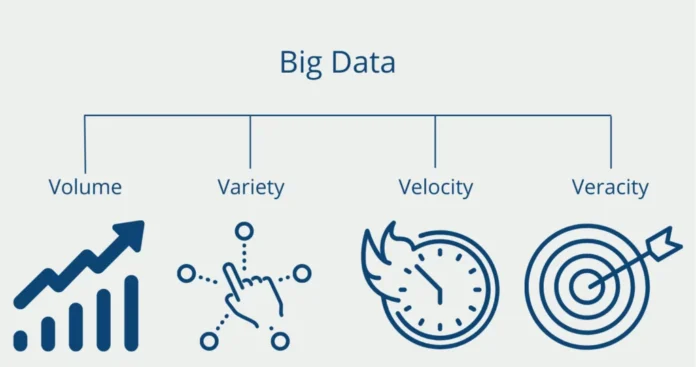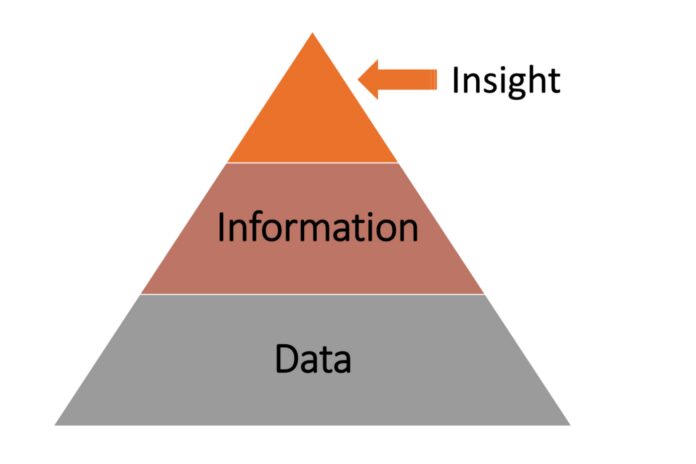Businesses rely heavily on data nowadays, especially when making strategic choices in a challenging business environment. However, most of the data are unstructured and available in various formats and types, including papers, emails, and photographs, making it challenging to classify, separate, and analyze.
Businesses have come to the realization that data alone is no longer adequate. As a result, enterprises can access insights and uncover hidden business value at scale by extracting insights and making them available for correct decision-making. Therefore, AI-based data extraction tools such as Document AI solution have become indispensable for business processes.
What is Document AI

Document AI, also known as Document Intelligence, collects unstructured data from various documents, structures it into easily digestible information, and generates data for analysis when required.
Unlike humans, AI Document Processing can quickly extract detailed information or identify minute differences in sources that people frequently overlook. Gaining real-time insight into current processes without interfering with workflow is achievable because the complete data extraction and processing procedure are automated and finished in nanoseconds.
Importance of Document AI

Businesses regularly deal with many company documents, including PDFs, printouts, emails, messages, bills, etc. Each document has a wealth of information and is a data powerhouse. But getting insights out of them takes a lot of time and effort as majority of these tasks are done by the intervention human. Due to this manual time investments, the working staff is not able to focus on constructive and more value-added tasks.
What are the challenges enterprises face when extracting and processing data from documents?

Massive volume of documents: A significant difficulty for organizations is the volume of documents that must be processed. The demand to manually extract valuable insights from millions of documents increases, especially when unprocessed materials conceal them. As a result, most recovered information is either tainted by subjective opinions or lacking because granular data is still buried.
Variety of data forms: The different formats used to share corporate information add to the volume. When technology can easily manage volume, obtaining data from many formats becomes difficult.
The data accuracy in documents: Unstructured papers tend to be more error-prone, as was already established. The insights may not be reliable if incorrect data is entered, necessary data is omitted during human entries, or unreadable sections appear in the extracted information. Legal or regulatory concerns may arise as a result of such inaccuracies in specific documents, such as contracts. Time constraints prevent manual document verification, which delays timely data release.
The speed at which documents must be processed: Businesses must have immediate access to real-time data while making decisions. However, it can be difficult for the human resources involved to quickly map and handle enormous amounts of documents. Businesses need quicker time to value, but the processing speed of currently available fragmented solutions needs to address this issue.
How can Document AI help with Volume, Variety, Veracity, and Velocity?

Regardless of document complexity or domain specialization, businesses need document processing automation to unlock business value from corporate documents as required. The difficulties listed above can be readily overcome by documenting AI-powered by NLP, Computer Vision, Deep Learning, and Machine Learning and turning unstructured data into a structured format using content classification, entity extraction, and sophisticated searching.
Some key Document AI platforms
- XtractEdge
- Google Document AI
- Microsoft
- ai
- Xtracta
- Serimag
- ABBYY FlexiCapture
- Parascript
- Microblink
- UiPath
How can businesses take insights from massive data?

Learn what matters most to your company: Not all of the data in your company is useful. Businesses frequently disregard this and gather and process as much data as possible. This fails to meet your business objectives and can make the endeavor more complicated than it has to be.
Finding a few business-critical use cases is the best action rather than pursuing everything available. Where will data have the most significant influence on the results of your business? Then list the different data sources that are involved in this procedure. Finally, set up a mechanism to utilize these different data types.
Select the appropriate solution stack and modify it to meet your needs: Businesses do not always have to rebuild their current systems when implementing new technologies. The goal of solutions should be to reduce the restrictions on resource bandwidth, not to add more effort.
Technologies that can effortlessly integrate into one another, scale, and learn as the business changes are therefore required. The technology should also be sufficiently advanced to correctly identify and classify documents, manage variations in document formats, and increase the accuracy of extracted data while minimizing human interventions to deliver on the promise of extracting insights from a large volume of data.
Most off-the-shelf solutions need to catch up in this area. Although they may excel in a pilot program, their accuracy gradually deteriorates when exposed to real-time data. Look for Document AI tools that are evolving and are tailored to your company’s needs when selecting a solution.
Accept that there will be a learning curve: Claiming absolute precision is deceptive. No AI system will function perfectly the moment it is deployed. It is a good idea to take the learning curve into account when calculating ROI, and you should also have a human in the loop to help manage exceptions. The long-term solution that offers you the most value will consider these exceptions.
Concentrate on obtaining pertinent insights rather than merely extracting data from texts: How you use the data and distribute it to the appropriate parties is crucial. Your company’s future will be determined by a comprehensive suite of Document AI platforms and tools that enables organizations to extract valuable insights from various corporate papers, contracts, and legal agreements.
Conclusion
Businesses are increasingly trying to extract hidden value from documents and access intelligent data almost instantly. However, the manual document processing old system will only provide an accurate picture of the processes and the mistakes that are still present. However, despite constantly changing document types and quantities, such needs are easily handled with the aid of Document AI.
Adopting new technologies, however, should be fine with rebuilding your current systems each time. The main focus should be finding solutions that can easily plug and play into current enterprise systems.
Document AI technologies are advancing quickly. The chance to beat the competition is closing as COVID-19 accelerates digitization. Now, consider how unstructured data might benefit your company if you haven’t already.









